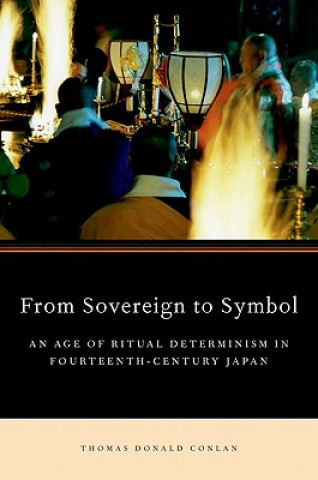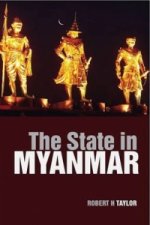
Kézbesítés
Vásárlási tanácsadó





Nem vált be? Semmi gond! Nálunk 30 napon belül visszaküldheti
 Ajándékutalvány
bármilyen értékben
Ajándékutalvány
bármilyen értékben
Ajándékutalvánnyal nem nyúlhat mellé. A megajándékozott az ajándékutalványért bármit választhat kínálatunkból.
From Sovereign to Symbol
 Angol
Angol
 390 b
390 b
30 nap a termék visszaküldésére
Ezt is ajánljuk


Fourteenth-century Japan witnessed a fundamental political and intellectual conflict about the nature of power and society, a conflict that was expressed through the rituals and institutions of two rival courts. Rather than understanding the collapse of Japan's first warrior government (the Kamakura bakufu) and the onset of a chaotic period of civil war as the manipulation of rival courts by powerful warrior factions, this study argues that the crucial ideological and intellectual conflict of the fourteenth century was between the conservative forces of ritual precedent and the ritual determinists steeped in Shingon Buddhism. Members of the monastic nobility who came to dominate the court used the language of Buddhist ritual, including incantations (mantras), gestures (mudras), and "cosmograms" (mandalas projected onto the geography of Japan) to uphold their bids for power. Sacred places that were ritual centers became the targets of military capture precisely because they were ritual centers. Ritual was not simply symbolic; rather, ritual became the orchestration, or actual dynamic, of power in itself. This study undermines the conventional wisdom that Zen ideals linked to the samurai were responsible for the manner in which power was conceptualized in medieval Japan, and instead argues that Shingon ritual specialists prolonged the conflict and enforced the new notion that loyal service trumped the merit of those who simply requested compensation for their acts. Ultimately, Shingon mimetic ideals enhanced warrior power and enabled Shogun Ashikaga Yoshimitsu, rather than the reigning emperor, to assert sovereign authority in Japan.
Információ a könyvről
 Angol
Angol




 Hogyan vásároljunk
Hogyan vásároljunk





























